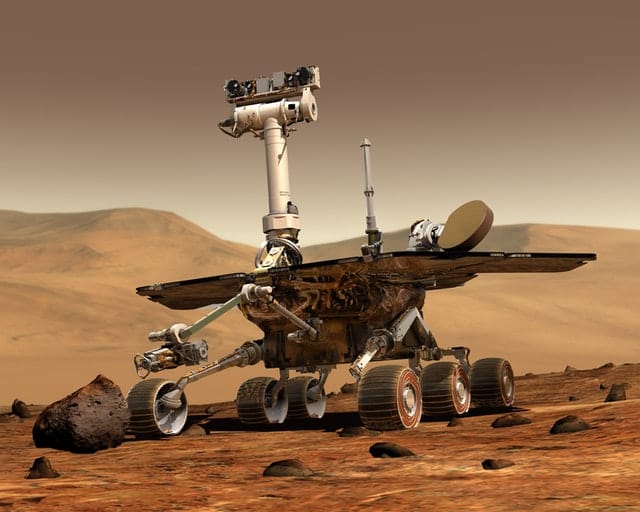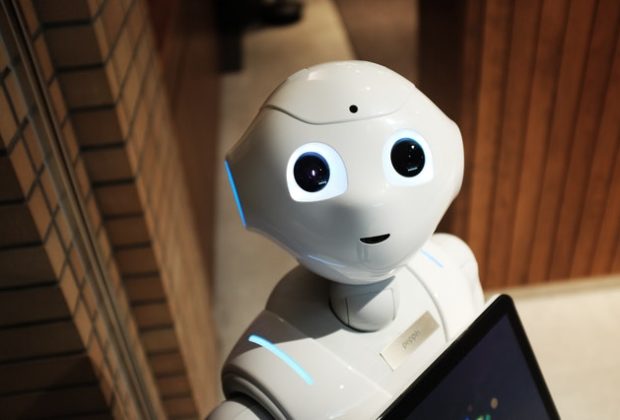Cobots or collaborative robots are a type of robotic automation built to work alongside humans in a shared workspace. In many applications, the cobot is tasked with doing menial and repetitive tasks. Human workers are charged with more though intensive and creative tasks. The uptime and accuracy of the cobots complement the intelligence of human workers.
A cobot design is very different from an industrial robot. A cobot features force limitations, more rounded and smoother edges, etc. A cobot comes with sensors that help to avoid any collisions with people. It has safety measures that shut it down in case of any collision.
The cobot’s ability to work with humans means there is a lot of potential for robotic automation. The market for these robots has enormous potential as more industries realize how much they can improve their profits.
The Market for Cobots
Cobots are positioned for mega growth. In 2017, the cobot industry was worth around $400 million. By 2018, the industry had grown by 60% to a worth of $600. This rapid expansion of the industry is not the end, and it is projected to grow to $7.5 billion by the year 2027, which will be 29% of the total industrial robotics industry.
Every year, the cobot market is set to experience phenomenal growth. There are several reasons for this exponential growth, such as:
- Hiking costs of labor
- Scarcity of qualified workers
- More need for automation flexibility
- Need for shorter product cycle times
- Higher ROI and profitability demand

How the Market is Evolving
Over the past few years, cobots have been more popular in SMBs (small and medium-sized businesses). SMBs prefer Cobots for their cheaper initial costs, small size, and their ability to give an ROI in small-batch companies. This will change in the coming years as OEMs(original equipment manufactures) are poised to adopt cobots in significant numbers. This adoption will fuel both short and long-term cobot market growth.
Among the OEMs are the electronics and automotive industries that are starting to adopt cobots in large numbers. Both of these are innovators in the automated production business and will most likely be pacemakers in the use of robots. Cobots are especially useful in the electronics industry due to their flexibility compared to industrial robots.
Benefits of Cobots
Cobots have many benefits and can be used in various environments, unlike industrial robots. Most robot users chose cobots to make safety, low-cost deployment, flexibility, and faster ROI a priority.
-
Safety
Cobots are designed to minimize any risk of injuries to human workers. For any application that needs both human and robotic input, a cobot comes with sensors that force limitations and avoid collisions with human workers. The improved safety standards improve productivity and reduce the manufacturers’ operating costs.
-
Flexibility
You can easily program a robot, and anyone without robotics knowledge can also do it. The cobot can be taught by a worker how to perform a task. This is done by a human worker moving the robot through the motions. Cobots can be reprogrammed to perform various actions in different departments, making them extra flexible. You can move the robot to any department where there is a shortage of workers and reprogram it.
-
Low-Cost Deployment
Cobots are easy to program, reducing the number of resources and time spent on integration and lowering the investment cost. Cobots have inbuilt safety features, which means that you do not have to take any extra safety measures like fences. The low deployment cost of a robot, when compared to industrial robots, makes them more accessible to more customers.
-
Faster ROI
Cobots have shown they can deliver faster ROI compared to industrial robots. This is because of the lower deployment costs, and one cobot can perform more than one task, improving productivity. A cobot can provide a fast ROI, typically within a duration of a few months.
Conclusion
In a few years, we shall experience phenomenal cobot growth. The cobots are easier to use, cheaper to deploy, safer, and more flexible than industrial robots.






